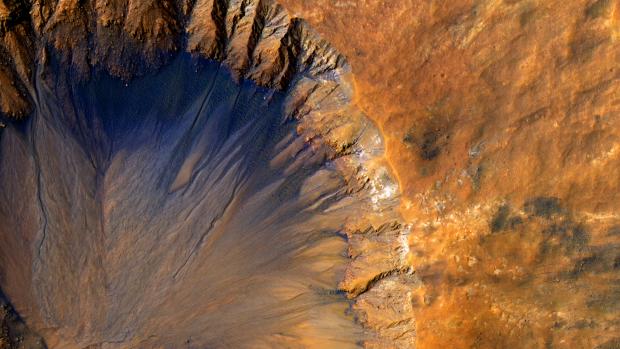
The Doorway to the Underworld
I realize the title of this blog post sounds like something out of a scary movie, something apocalyptic, perhaps. Don’t worry I’m not here to spook you out. However, I am saying the truth. *cue shivers*
Scientists have discovered an actual mouth of hell, in Siberia. Okay, okay, maybe the name is a tad bit dramatic. But, it is called “doorway to the underworld” amongst its local Yakutianians in Siberia. It is identified as such because it's a deep pit of methane gas.. like really, really deep.
The crater is about a half-mile-wide and roughly 275-foot-deep. As the ice around the edges melts away, scientists say that the crater is showing evidence of growing at the rate of about 30 to 100 ft a year. They also believe that it's getting deeper as well, due to climate change.
The Batgaika crater, as it’s actually known as, is considered to be one of the biggest of an increasing number of craters that are collapsing across the Siberia.
As the crater collapses, the ice underneath the surface turns to slush and releases a ton of methane gas, which as we most know, is a very harmful greenhouse, even worse than the infamous carbon dioxide. On the upside, however, this reveals eons and eons of climate change in that area, along with fossilized forests and long-buried animal carcasses. Among the remains found were musk ox, ancient mammoth, and they even discovered a horse believed to be around 4,400-years-old. Like woah, that is a really old horse.
The new study, led by a team of researchers at the University of Sussex, suggests that the layers of the crater’s insides are revealing important archaic climate data. What this does is show researchers the gradual changes in climate over a span of thousands of years. So, basically, it allows us to see the evolution of our planet, climatically.
Julian Murton, a University of Sussex professor, says that this is the first time a crater like this one has opened up since Earth awoke from the last ice age. “This was probably when permafrost thawed in a past episode of climate warming,” she said.
Scientists are hopeful that this crater, with all its useful archaic data and remains beneath, will help them better anticipate what could happen to our climate in the coming decades(which could ofcourse better prepare us for what lies ahead).
So, I mean, yes, it’s a massive pit of doom, that basically releases tons of toxic gases into our atmosphere, and it’s only getting worse, but, at least, it’s doing some form of good. Hey, we have to take our victories where we can.


